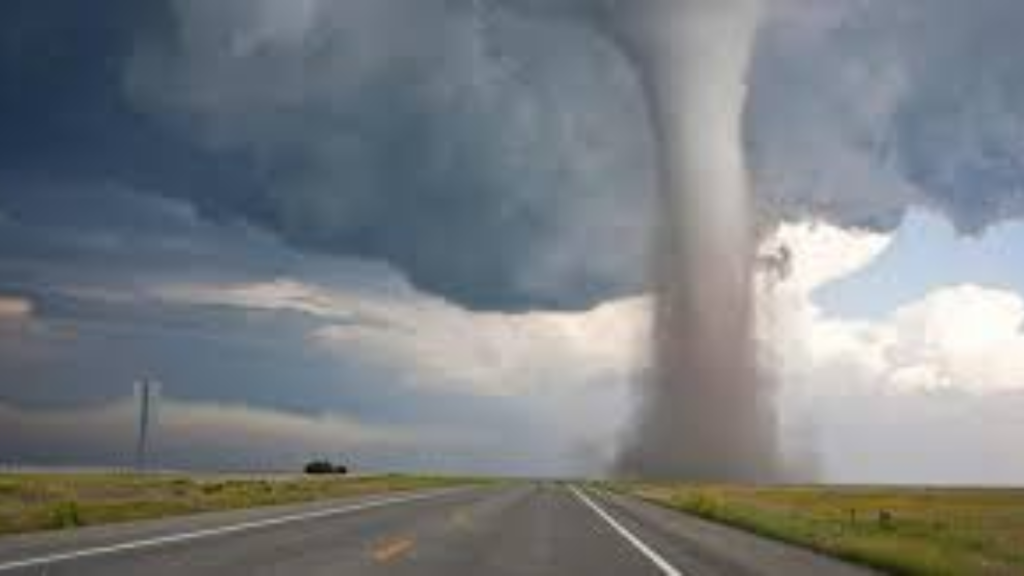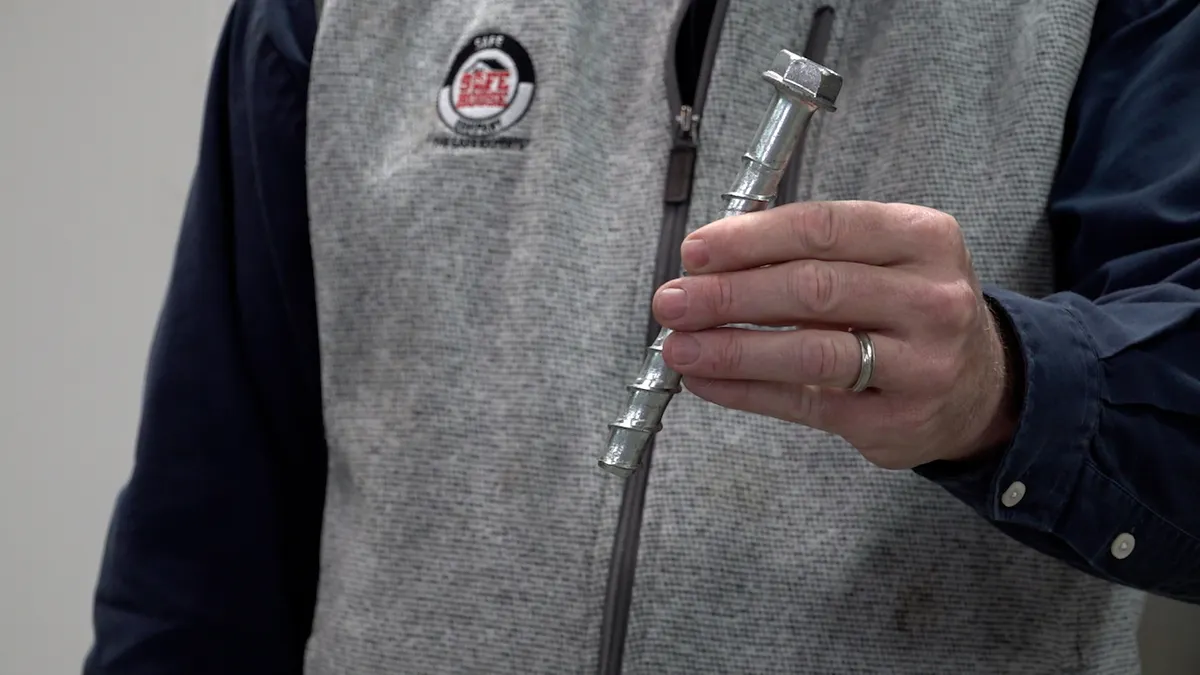For decades, Tornado Alley has been associated with the central United States, stretching from Texas through Oklahoma, Kansas, and Nebraska.
However, meteorologists have observed a concerning trend—tornado activity is shifting eastward toward the Southeastern U.S. States such as Alabama, Mississippi, Tennessee, and Georgia are now experiencing more frequent and intense tornado outbreaks, leading to a growing demand for storm shelters in the region.
The Science Behind the Shift
Researchers studying tornado patterns have noted that while traditional Tornado Alley still experiences powerful storms, the frequency and intensity have increased significantly in the Southeast. Climate change, shifting atmospheric conditions, and variations in jet stream patterns are believed to be contributing factors.
Unlike the flat plains of the Midwest, the Southeast’s dense forests, rolling hills, and urban sprawl make tornado detection and response more challenging. This increases the risk to residents, as tornadoes may not be as visible before they strike, leaving less time to seek shelter.
Increased Tornado Risk in the Southeast
The shift in tornado activity has made the Southeast particularly vulnerable for several reasons:
- Higher Population Density: Unlike the open plains of the Midwest, the Southeast has more densely populated areas, putting more people at risk.
- More Nighttime Tornadoes: Tornadoes in the Southeast are more likely to occur at night, making them harder to detect and more dangerous.
- More Mobile Homes: The region has a higher concentration of mobile homes, which are especially vulnerable to tornado destruction.
Given these factors, it’s no surprise that residents and emergency management officials are increasingly turning to storm shelters as a vital safety measure.
The Growing Popularity of Storm Shelters
With tornado risks escalating in the Southeast, the demand for storm shelters has surged. Homeowners, businesses, and even schools are investing in reinforced safe rooms, underground bunkers, and community tornado shelters.
Several types of storm shelters are gaining popularity:
- Underground Shelters: These provide the highest level of protection, shielding occupants from flying debris and structural collapses.
- Above-Ground Safe Rooms: Built with reinforced steel and concrete, these are ideal for homes with space limitations.
- Community Shelters: Some towns and cities are installing large-capacity storm shelters in schools and public buildings to accommodate those without personal shelters.

Government and Community Initiatives
State and local governments are recognizing the importance of storm shelters and offering incentives for residents to install them. Some initiatives include:
- Storm Shelter Grants: Programs like FEMA’s Hazard Mitigation Grant Program help cover a portion of installation costs.
- Building Code Updates: Newer homes in tornado-prone areas are being designed with built-in safe rooms.
- Public Awareness Campaigns: Emergency management agencies are increasing efforts to educate residents about tornado preparedness and the benefits of storm shelters.
How Residents Can Prepare for Severe Weather
As tornado activity continues to rise in the Southeast, preparedness is more crucial than ever. Experts recommend the following steps:
- Invest in a Storm Shelter: Even if grants aren’t available, homeowners should consider adding a safe room to protect their families.
- Create an Emergency Plan: Families should have a designated safe space and know where to go if a tornado warning is issued.
- Stay Informed: Monitoring weather alerts and having a NOAA weather radio can provide crucial warnings in time to take cover.
- Prepare an Emergency Kit: A tornado survival kit should include water, non-perishable food, a flashlight, batteries, a first-aid kit, and important documents.
The Economic Impact of Tornado Shifts
As tornadoes become more common in the Southeast, the financial burden on homeowners and insurers has grown. According to the National Oceanic and Atmospheric Administration (NOAA), tornado-related damages in the U.S. amount to billions of dollars annually.
With increasing storm frequency in states unaccustomed to such severe weather, insurance rates are rising, and rebuilding costs are straining local economies.
Construction firms specializing in storm-resistant housing are seeing a surge in demand, while emergency preparedness companies report record sales of storm shelters. The shift in tornado patterns is not only a meteorological phenomenon but an economic one as well.
Community Resilience and Future Adaptations
Communities in the Southeast are becoming more resilient by incorporating tornado safety measures into their infrastructure. Schools are adding reinforced hallways, businesses are creating designated safe zones, and municipalities are working on improving warning systems.
Local governments are also collaborating with meteorologists to refine forecasting models and provide faster, more accurate alerts.
Experts suggest that the future of tornado preparedness will include advancements in weather prediction technology, stronger building materials, and increased public investment in storm-resistant construction. These adaptations will help mitigate the risks associated with the eastward shift of Tornado Alley.
Conclusion
As Tornado Alley continues to shift, the Southeast must adapt to the increasing risk of severe weather. Storm shelters, improved warning systems, and increased public awareness will be key to reducing fatalities and damage.
While tornadoes remain unpredictable, one thing is certain—preparedness can save lives. With the rise in storm shelters and better emergency response planning, communities in the Southeast are taking steps toward a safer future.
For more information on tornado preparedness and storm shelter options, visit National Weather Service.
Disclaimer – Our team has carefully fact-checked this article to make sure it’s accurate and free from any misinformation. We’re dedicated to keeping our content honest and reliable for our readers.
